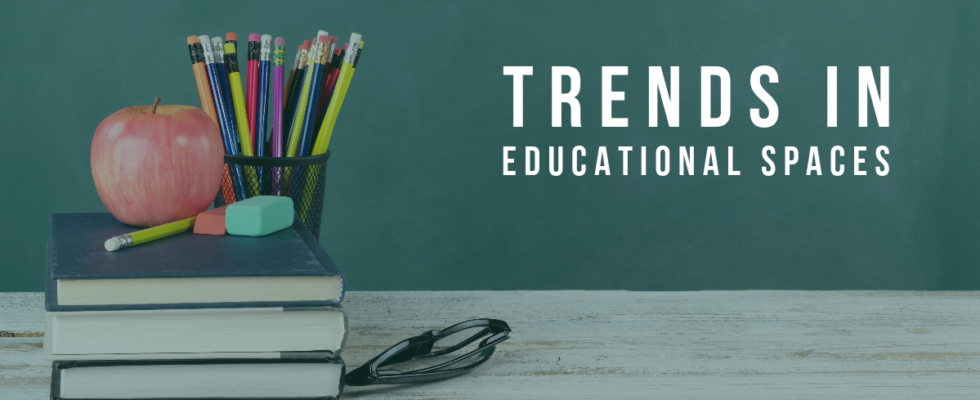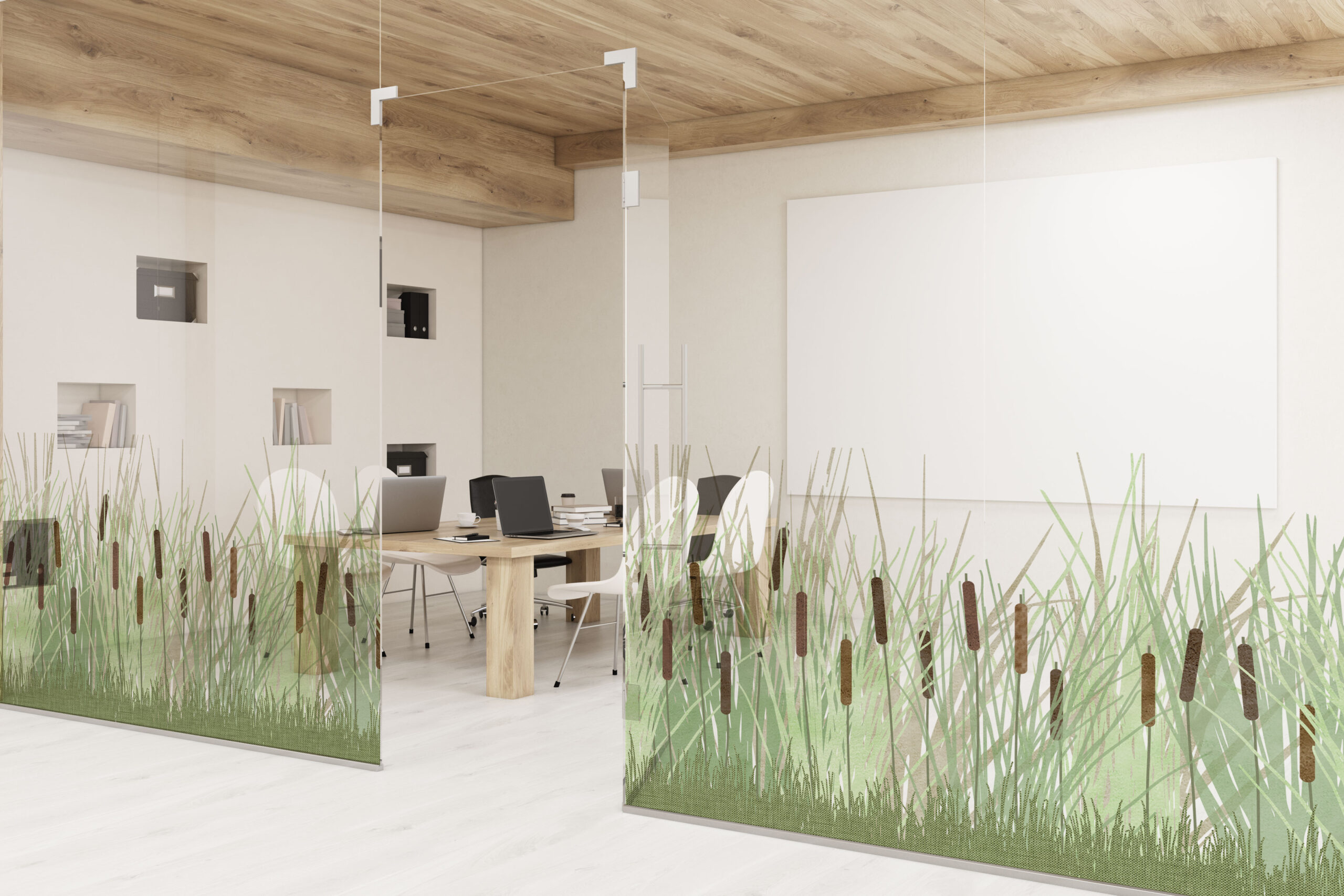
Trends in Educational Spaces
Well-designed spaces in healthcare environments have been known to have a positive impact on patient outcomes. Similarly, educational spaces with well-designed spaces promote positive outcomes for students. At this particular moment in time, many educational spaces are rethinking their environments.
As we’ve seen in most public spaces such as hotels and restaurants, COVID forced schools to make a lot of changes quickly to adapt to changing conditions. And we’re seeing a lot of those changes become permanent fixtures. The education industry learned they need to operate with maximum flexibility to adapt quickly. The pandemic also pointed a bright spotlight on the mental health of students and teachers, something that can also be positively influenced through better-designed environments.
As we look at how architects and interior designers are designing educational spaces for the future, we see five major trends.
Flexibility & Inclusivity
Flexible learning spaces allow students and teachers to adapt quickly in a situation such as the pandemic. Yet, flexible, multiuse spaces are also helpful for situations that aren’t a crisis. With flexible spaces, students can do multiple activities in one space and rearrange furniture or even move walls for different types of learning. Flexibility also helps make a school more inclusive, as it can adapt quickly to different people’s abilities and requirements.

Access to Nature
Biophilic design is a trend we see in nearly every aspect of commercial interior design. In education as in healthcare, we see nature has many positive benefits for staff and students. Architects and interior designers are using windows, skylights, and glass walls to let in natural light, which has been shown to positively impact mood, concentration, and productivity. It also gives people a view of the outdoors and nature.
Incorporating Technology
Students and teachers rely heavily on technology and need access to tools, large and small, to support their work. They also want to be able to integrate new technology easily as it becomes available. Sometimes this means something as simple as having access to plenty of charging stations, and sometimes it means having room to add new machines to an existing space.
Community Connection
Schools are an integral part of any community and should reflect the community they serve. Students feel a sense of pride in their community when they feel like it represents them. Designing spaces to create an authentic sense of place helps foster a sense of connection for students and faculty.

Sustainability
Students are our future, and they’re inheriting a planet in distress. Teaching about sustainability and the environmental impact of our choices can begin early with a building designed with these concerns in mind. Architects and interior designers are doing this by specifying more sustainable materials but also by incorporating elements such as easy access to the school by foot and bike.
Good design has the power to create meaningful change and have a positive impact on the world and the next generation. Nowhere is that more apparent than in designing educational spaces for future generations. For visuals on some of these trends, check out the Pinterest board we made.
Share this post
Author
DESIGN/COLOR TRENDS AND AWESOME INFORMATION IN YOUR INBOX
Sign up for our monthly trend letter




